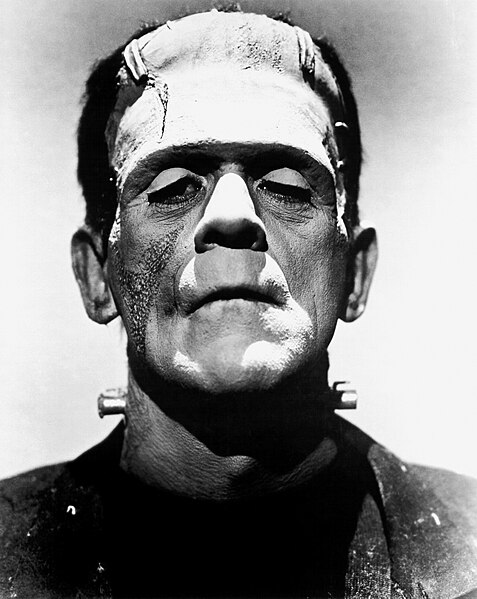
I regularly wonder about the possibilities for integrating the Bible and Literature. Specifically, I've often thought that there are a number of Biblical elements just waiting to be used as literary allusions (though, of course it's possible that they already have been used as such, and I just haven't been exposed to them yet). In my mind, some of the Bible's relatively obscure phrases or figures are so poignant and powerful that a modern-day adaptation is just begging to be written!
Just for the fun of it, I thought I would share some of the words and images which I consider to offer excellent potential for powerful story-telling. If any of you students of Literature would want to take any of these "writing prompts" and run with them, I welcome you to do so (even though I realzie that I run the risk of losing out on my own Pulitzer or Nobel prize, by giving away these gems). And if any of you students of the Bible have items to add to my little list, I would love to hear them. Here are some of the ones that stand out to me:
"My father! My father! The chariots and horsemen of Israel!"
This is a quote from the prophet Elisha, as cited in the story of
Elisha's mentor Elijah being carried up to heaven in a firestorm (see 2 Kings chapter 2).
To me, this line has a sort of inherrent power to it, much along the
line of "Absalom! Absalom!" which William Faulkner used so effectively
-- but, like "Absalom! Absalom!," the line also has a great story behind
it, which makes the words themselves that much stronger. In the case of
Elisah's quote, there are strong themes of perseverance, coming-of-age,
grief, and fulfillment that can be drawn from the story around this
quote. Seriously: a Nobel Prize for Literature just waiting to be won...
Mephibosheth.
Mephibosheth is a minor figure from the story of King David -- but aside
from just having a cool and quirky name, he also represents a beautiful
story of love, loyalty, and forgiveness. You can read more of
Mephibosheth's story in the 4th and 9th chapters of 2 Samuel
-- though you'd also have to look into the stories of David and
Jonathan, to get the full effect -- but basically, the idea is that
Mephibosheth comes from the line of Saul who is supposedly in stark
opposition to the line of David, Saul's royal successor. But instead of
having the last, crippled remnant of Saul's line killed, David gives him
a place of honor at the royal table out of loyalty to Mephibosheth's
father, Jonathan. I think any story about love, loyalty, and forgiveness
would be greatly enhanced by including a character named and/or modeled
after Mephibosheth...
"This man declared to Ithiel, to Ithiel and to Ucal."
This is a reference to Proverbs 30:1,
and I think it's cool because it's basically just a "coded" reference
to exhaustion. From what I understand, this quote is a direct
translation of the Hebrew in the original Masoretic text -- but if a
slightly different word division of the Hebrew is used, the same text
can be translated "I am weary, O God; I am weary, O God, and faint."
Maybe it's just me (because this is a pretty obscure reference), but I
think this phrase -- and/or the names Ithiel, Ucal, and Agur (the one
who is doing the declaring in this quote) -- would be great allusions in
any work about exhaustion, weariness, and hopelessness...
"Skin for skin!"
This is a quote from the mouth of Satan himself, as cited in the second chapter of Job.
Believe it or not, there are not actually that many direct quotes from
Satan in the Bible -- but this is one of them, and I think it's an
interesting take on the classic, "eye for an eye, and tooth for a tooth"
dictum. The context of this passage shows that it's about causing
someone physical harm for the sake of testing him. On a broader literary
level, I believe this phrase could be used as an allusion in any
situation involving temptation, testing, or suffering...
Does anyone else know of any other Biblical phrases or figures that are just waiting to be developed into a Biblical allusion? This, of course, is not the primary purpose behind our reading of the Bible -- just to gather up clever quotes and allusions -- but it is a cool peripheral benefit. Also, if anyone ends up using any of these "writing prompts" (or finds them somewhere else within the greater body of Literature), please let me know!








